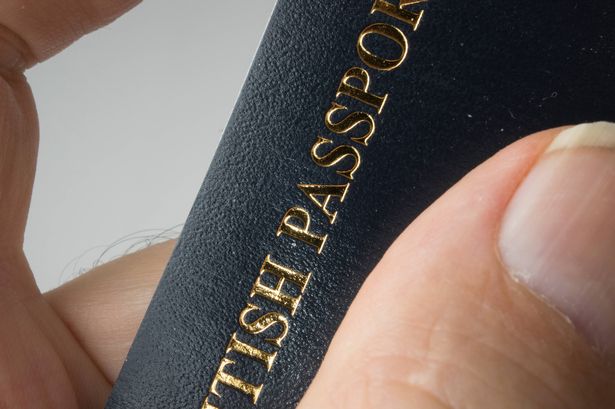Politics
EU Introduces New Entry/Exit System: What Travelers Need to Know

The European Union is set to implement the new Entry/Exit System (EES) starting in October 2025, fundamentally changing how non-EU nationals, including British travelers, will navigate border controls in the Schengen Area. This new digital system aims to enhance border security and streamline entry processes by replacing manual passport stamping with electronic registration.
Paul Paddock, CEO of Post Office Insurance, has provided insights to help travelers prepare for these changes, addressing key questions regarding the EES.
Understanding the Entry/Exit System
The EES is designed for short stays of up to 90 days within any 180-day period for non-EU nationals. As Paddock explains, “The Entry/Exit System (EES) is a new digital border control system for non-EU nationals entering the Schengen Area.” This means that travelers heading to popular destinations such as Spain, Portugal, and Greece will need to expect their passports to be scanned and biometric data collected upon their initial entry into these countries.
The biometric data collected includes facial images for all travelers and fingerprints for visa-exempt individuals. This process will also capture passport details, entry and exit dates, locations, and the duration of stay. Importantly, this information will be retained for three years for standard entries and up to five years for individuals who overstay their allowed duration.
Exemptions and Process Overview
Certain individuals are exempt from the EES requirements. According to Paddock, the system does not apply to citizens of the EU, EEA, and Switzerland, nor to non-EU nationals holding specific residence permits. Nationals from Monaco, Andorra, San Marino, and the Vatican are also exempt. Moreover, travelers to Ireland and Cyprus, which are not part of the Schengen Area, will continue to undergo traditional manual checks.
The EES will require travelers to undergo biometric registration at border kiosks or e-gates. This includes the collection of facial images, fingerprints (if visa-exempt), passport details, and entry/exit information. The initial registration process may take several minutes per person, which could lead to longer queues at border checkpoints. Subsequent entries will be quicker as the stored data will facilitate a faster process.
Passengers are advised to plan accordingly, especially if they have tight schedules. Potential delays due to biometric data collection could impact connections to flights, ferries, or other forms of transport.
Preparing for the EES
To ensure a smooth travel experience, Paddock suggests a few preparatory steps for travelers. First, verify that your passport remains valid for at least three months beyond your trip and is not older than ten years. Familiarizing yourself with the EES setup at your destination airport is also essential, as it will help you anticipate biometric checks.
Additionally, keeping vital travel documents accessible is crucial. These include your passport, travel insurance, accommodation confirmations, and proof of onward or return travel. With the new EES set to reshape the travel landscape for non-EU nationals, being informed and prepared will help ensure enjoyable trips across Europe in the coming years.
-

 Entertainment2 months ago
Entertainment2 months agoAnn Ming Reflects on ITV’s ‘I Fought the Law’ Drama
-

 Entertainment3 months ago
Entertainment3 months agoKate Garraway Sells £2 Million Home Amid Financial Struggles
-

 Health2 months ago
Health2 months agoKatie Price Faces New Health Concerns After Cancer Symptoms Resurface
-

 Entertainment2 months ago
Entertainment2 months agoCoronation Street’s Carl Webster Faces Trouble with New Affairs
-

 Entertainment2 months ago
Entertainment2 months agoWhere is Tinder Swindler Simon Leviev? Latest Updates Revealed
-

 Entertainment3 months ago
Entertainment3 months agoKim Cattrall Posts Cryptic Message After HBO’s Sequel Cancellation
-

 Science3 weeks ago
Science3 weeks agoBrian Cox Addresses Claims of Alien Probe in 3I/ATLAS Discovery
-

 Entertainment2 months ago
Entertainment2 months agoOlivia Attwood Opens Up About Fallout with Former Best Friend
-

 Entertainment3 months ago
Entertainment3 months agoMarkiplier Addresses AI Controversy During Livestream Response
-

 Entertainment3 months ago
Entertainment3 months agoMasterChef Faces Turmoil as Tom Kerridge Withdraws from Hosting Role
-

 Entertainment4 months ago
Entertainment4 months agoSpeculation Surrounds Home and Away as Cast Departures Mount
-

 World2 months ago
World2 months agoCole Palmer’s Mysterious Message to Kobbie Mainoo Sparks Speculation





















